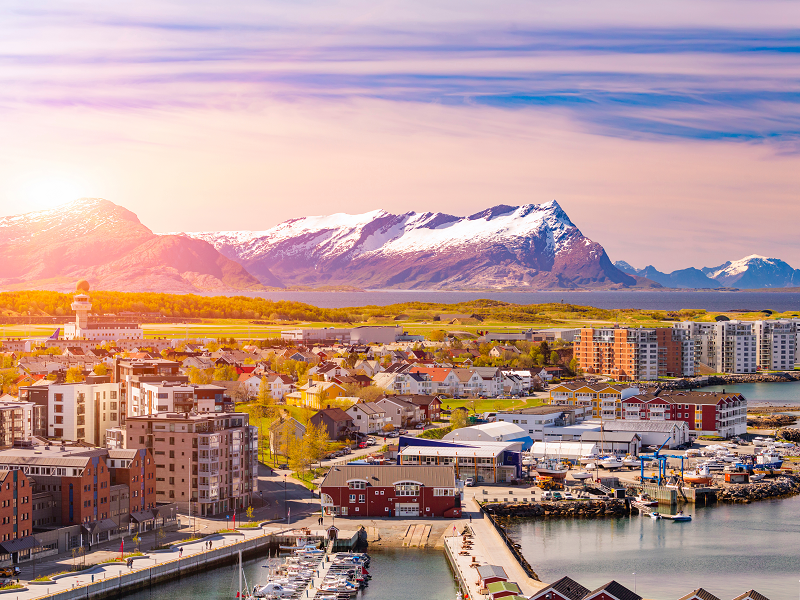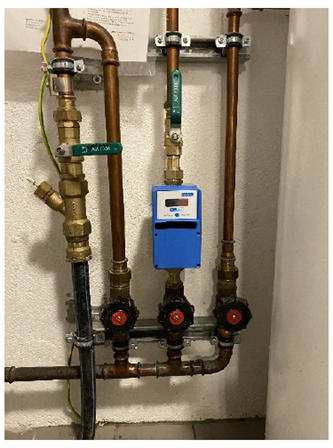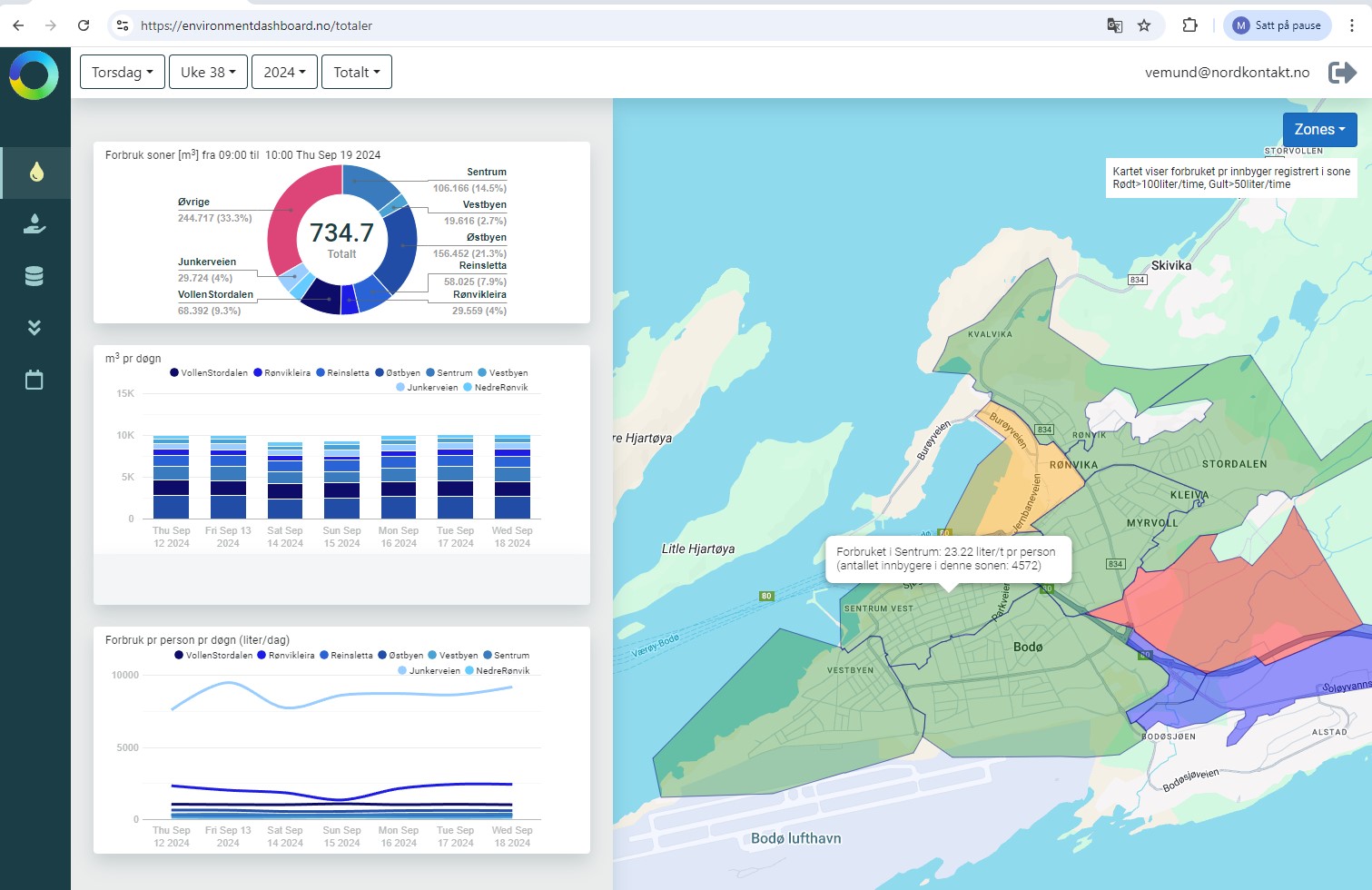Description
Bodø has ambition of becoming a low-emission society and to adapt to climate change. Re-location of the airport enables new sustainable city development with research-based solutions. Key challenges for LL Bodø that impact water includes growing resident population and economy, increased pollution, and untapped efficiency potential.
B-WaterSmart Living Lab Bodø has been launched a pilot study to improve the identification of infiltration and leaks in municipal water systems. Smart water meters have been paired with sewer flow meters in a selected area to gather high-quality temporal data. The data will be analyzed using advanced algorithms and visualized on dashboards to provide insights into water usage patterns, potential leaks, and other anomalies. This approach is expected to enhance the efficiency of water management and conservation efforts and pave the way for more sustainable water systems. LL Bodø also took part in a feasibility study to see what the possibilities for biogas production from local sewage sludge are. Bodø kommune has high ambitions of increasing awareness of water infrastructure and water usage by hosting local events and supporting the development of water-smart technologies.
Applied technologies
Best practices
Close interaction between smart digital platform developers, technology providers and local stakeholders e.g. local authorities is essential in implementing coherent digital service in practice.
Sensor placement for data-driven leak detection and localization is key.
Requirements and conditions
Smart water meters:
- GDPR agreements between water service provider, homeowners, service provider and/or research organiziations.
- Homeowner consent forms
Leakage detection infilatration algorithims:
- Access to municipal water meter data
- Sewer flow monitoring
- Optional depending on type of leakage detection algorithim: Hydraultic model
Environmental Dashboard:
- Access to municipal water meter SCADA data
- Knowlegde of municipal water zone boundries
- Access to other sensors and data
Nessie system:
- Access to Smart water meter data
- Access to other sensors and data
Key lessons
Designing and real testing of self-powered, low energy consumption smart water meter. SWMs proven useful in detecting leaks for inhouse plumbing.
Connecting modelling approaches for leakage and I/I is conceptually possible.
Findings are that Bodø would need additional sludge or other sources of energy outside of Bodø to have more energy generated than energy used for biogas production.
Reliable benchmarking requires reliable data, which is available in many municipalities, but not easily accessed.
Lessons learned from technology operation
Installation of smart water meters is unable to take place until the data processor agreements are completed. This should be done as early as possible to speed up the installation process.
Access to the municipal water meter’s network is complex and requires close collaberation between various groups.
If smart water meters are installed for research purposes, it is recommended to select areas with higher single family home ownership to avoid the need for additional consent from several homeowners sharing a single smart water meter. This will minimize the time spent contacting homeonwers significantly.
Legislation and policy recommendations
General Data Protection Regulation (GDPR) requires a high degree of detailed security measures and details regarding purpose for use of data before municipalities can share personal data regarding flow consumption measured in homeowners’ homes. This can effect the implementation of smart water meters.
Selvkost norwegian legislation that requires the water and waste services cost of ownership for a service must correspond to the total additional cost of providing the service. This can effect the implementation of biogas solutions depending on the service provider. An example being if a private company makes profit from the re-selling of sewage sludge, through biogas, that the public is paying the company to handle.
Applied products
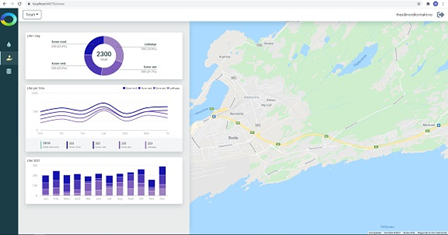
Miljødashboard - Environmental Dashboard
The Environmental Dashboard is suitable for visualizing different data sources, and with different levels of detail. Ap…
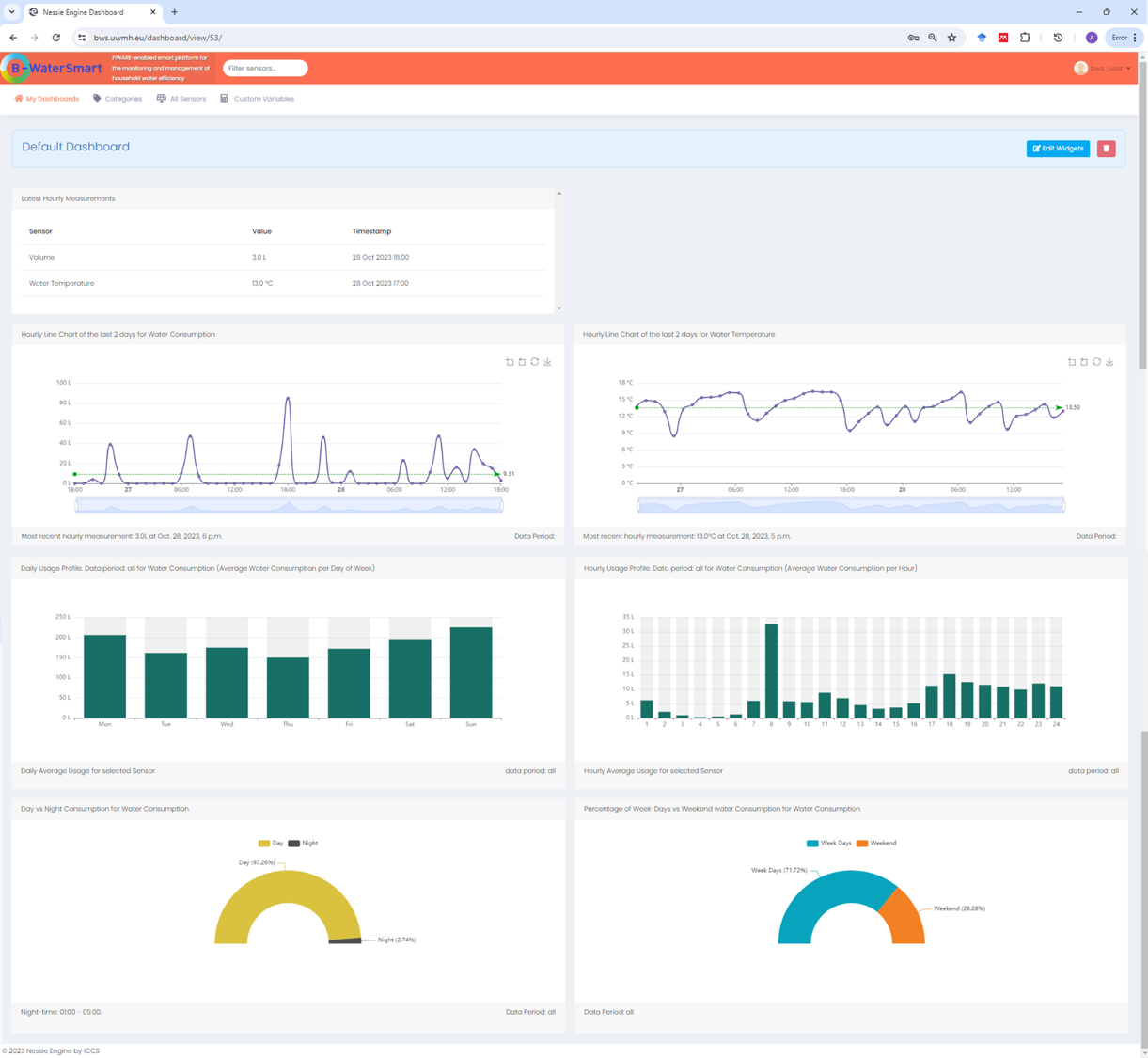
Nessie System
Nessie platform is an information system, developed within ICCS/NTUA, aiming to acquire, process and store, and manage …
Publications and references
LL Bodø’s Technologies:
https://b-watersmart.eu/results-downloads/water-smart-technologies-concepts/
D2.4 Leakage and infiltration detection techniques
D2.5 Energy production from small WWTP clusters LL Bodø’s
Tools:
https://b-watersmart.eu/results-downloads/water-smart-applications-data/
D3.4 The monitoring, negotiation and decision support solutions toolkit – Final release: Sections 5.6 Nessie System, 5.7 Environmental Dashboard
Leakage detection algorithms:
- Water loss management and data quality assessment in medium-sized water distribution systems in Norway (Vimme, 2021) - https://hdl.handle.net/11250/2830171
- Assessment of pressure-pipe life expectancy and pressure-leakage relationships in the water distribution system in Bergen, Norway (Alaya, 2022) - https://hdl.handle.net/11250/3028251
- Detection of leakages in a water distribution network using an autoencoder (Totland, 2022) - https://hdl.handle.net/11250/3023048
- Leak localization using a dual model approach (Nordahl, 2022) - https://hdl.handle.net/11250/3021069
- The effect of preprocessing on autoencoder training and leakage detection scores using data from real-world water distribution network (Thoresen, 2024 – delivered but not online yet)
- Prasanna Mohan Doss, Marius Møller Rokstad, Franz Tscheikner-Gratl; The performance of encoder–decoder neural networks for leak detection in water distribution networks. Water Supply 1 August 2024; 24 (8): 2750–2764. doi: https://doi.org/10.2166/ws.2024.174
- Prasanna Mohan Doss, Marius Møller Rokstad, Franz Tscheikner-Gratl; Leak Localization Using Autoencoders and Shapley Values. Engineering Proceedings. 2024; 69(1):92. https://doi.org/10.3390/engproc2024069092

